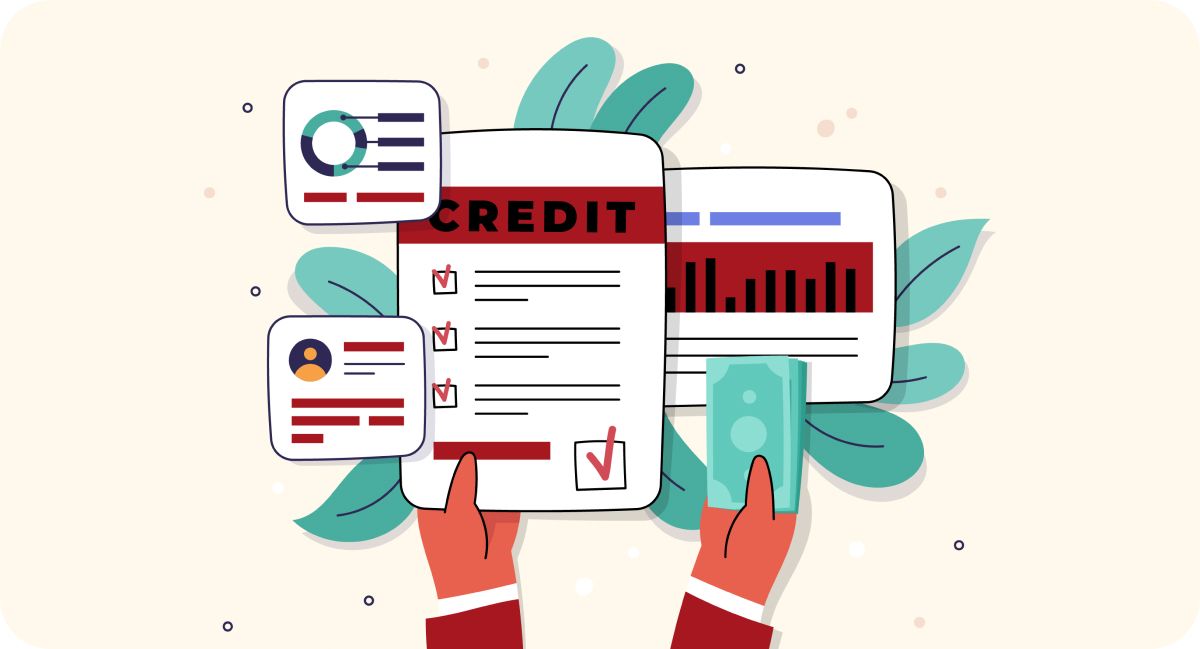
Imagine playing detective, but you're tracking financial mismatches instead of hunting criminals. That’s what bank reconciliation is—matching your records with the bank’s records to ensure everything checks out.
If done right, it can save you from financial blunders, avoid missing transactions, and keep your books as clean as a whistle. If ignored, well… say hello to undetected fraud, accounting errors, and cash flow nightmares.
Let’s break down how you can reconcile bank statements using accounting software.
Start by grabbing your latest bank statement, either a downloaded PDF or, better yet, a direct bank feed linked to your accounting software. Then, open your accounting software’s reconciliation module, where all your recorded transactions are stored.
Most modern accounting tools, like Tripta Accounting Software, QuickBooks, or Zoho Books, have a reconciliation feature that simplifies this process.
Now comes the detective work—comparing each transaction in your accounting software with the entries in your bank statement.
If a transaction is a perfect match, mark it as reconciled.
If it’s missing, check if you forgot to enter it in the software or if the bank has delayed posting it.
If the amount doesn’t match, investigate why—was it a bank charge, an incorrect entry, or a duplicate transaction?
Found discrepancies? Time to fix them.
✦ Bank fees & interest: These often appear in the bank statement but not in your records. Add them.
✦ Pending deposits & cheques: If a cheque hasn’t cleared yet, note it down to track later.
✦ Duplicate transactions: Delete them before they distort your balances.
✦ Unrecorded transactions: If you spot an expense that didn’t make it into your books, log it in.
After adjustments, your accounting software should now show the same ending balance as your bank statement. If not, revisit Step 2 and hunt down what’s off.
A golden rule: If your reconciliation difference is exactly ₹500 or ₹1000, there’s a high chance you’ve missed recording a round-figure expense or an ATM withdrawal. Happens more often than you'd think!
Once everything aligns, finalize the reconciliation. Your software will generate a reconciliation report—save it for audit purposes and future reference.
Regular reconciliation isn’t just about balancing numbers—it prevents financial disasters. It helps you:
✅ Catch errors before they snowball.
✅ Prevent fraud by spotting unauthorized transactions.
✅ Maintain accurate cash flow data for better decision-making.
✅ Stay audit-ready without last-minute panic.
A well-reconciled bank statement ensures your business finances are as crisp as a fresh ₹2000 note (oh wait, those are out of circulation now, right?).
So, get reconciling—because every Rupee unaccounted for today can turn into a financial headache tomorrow.
Leave a comment